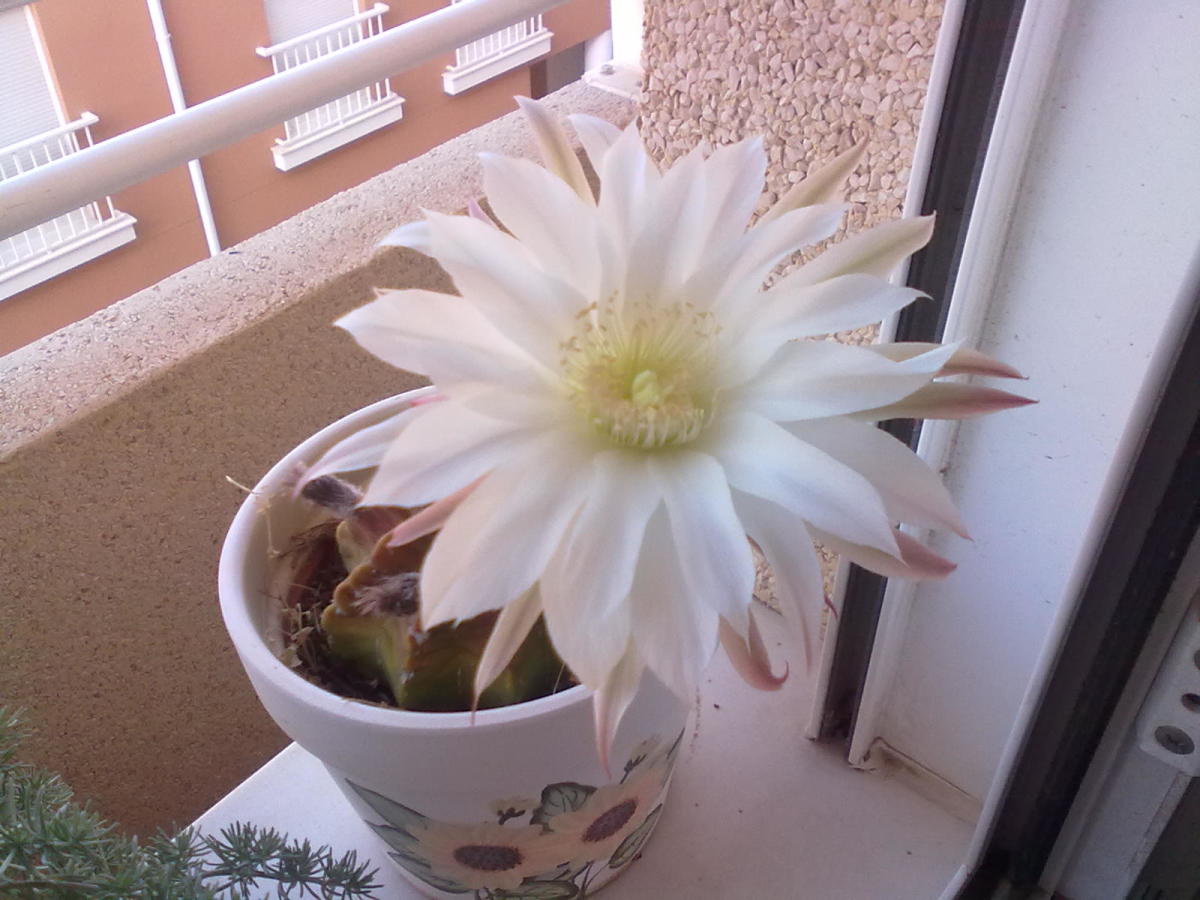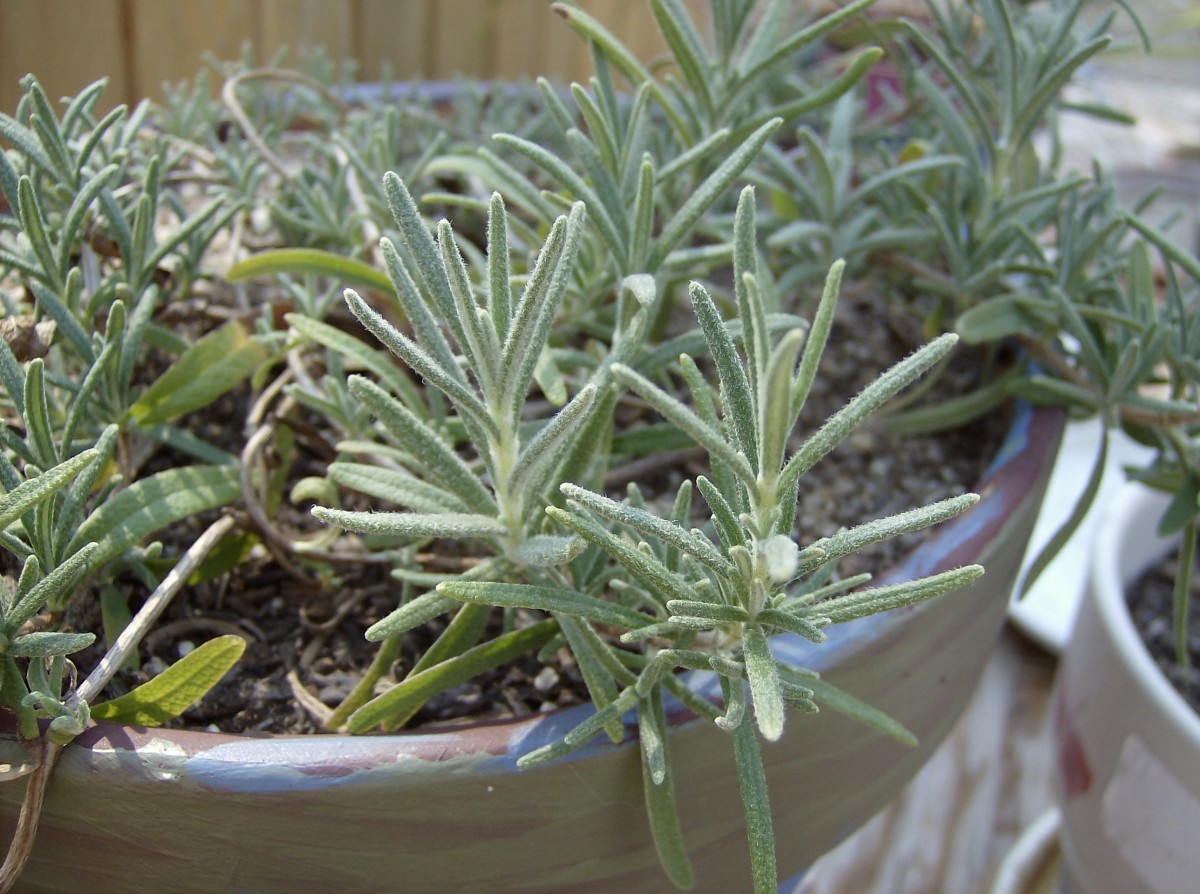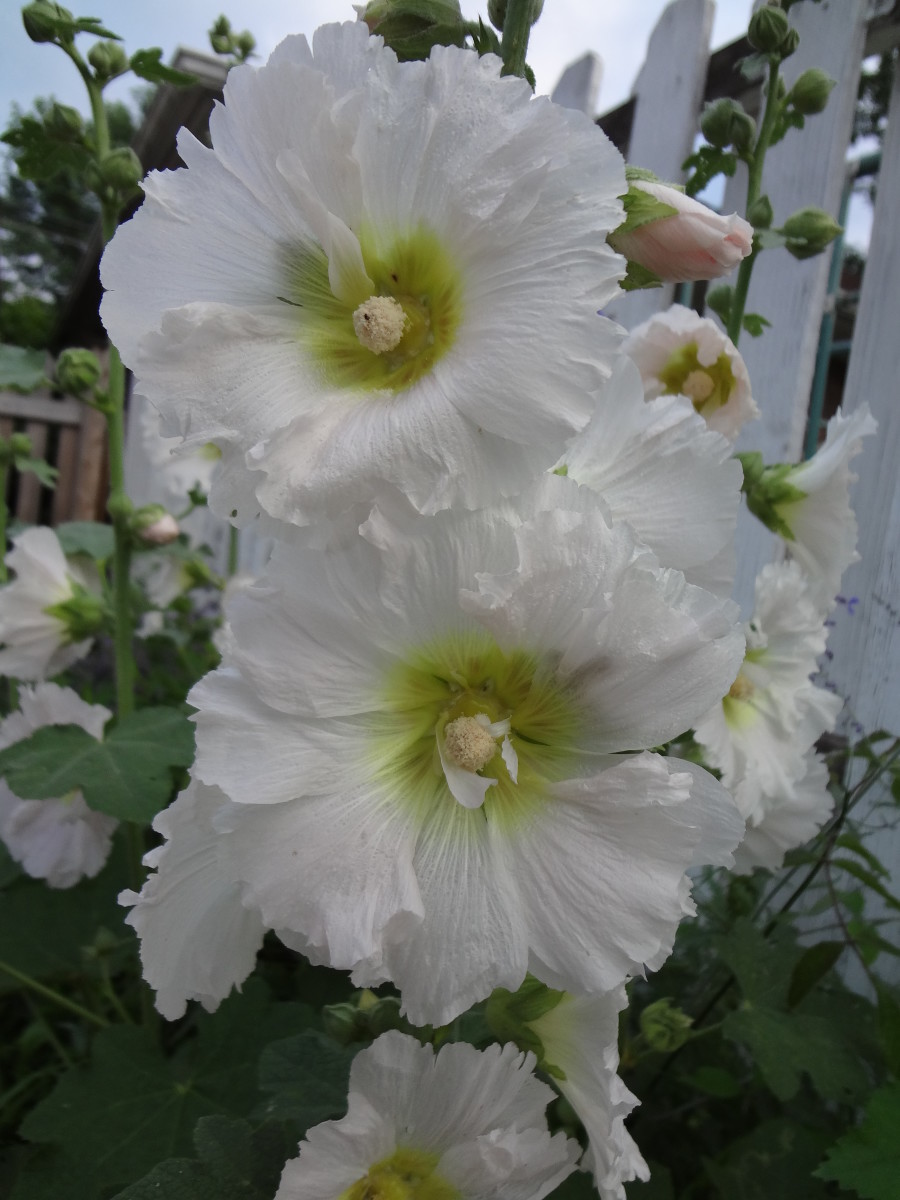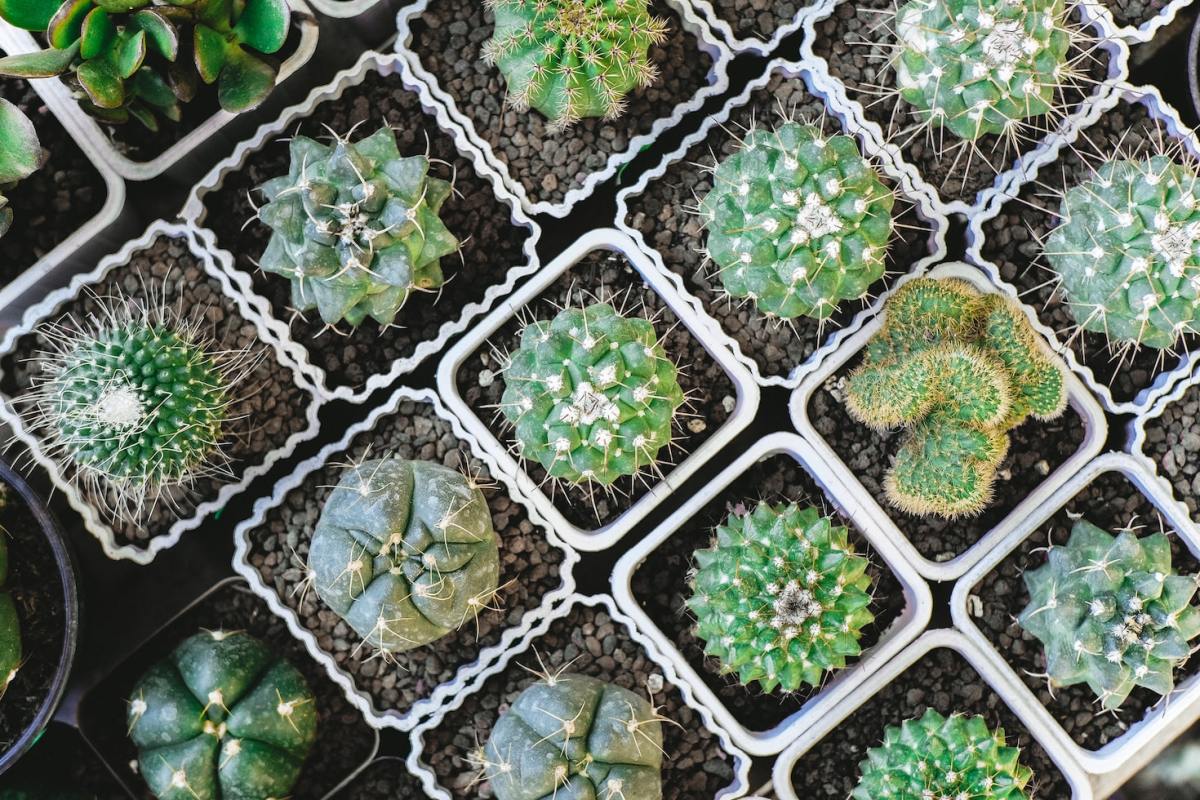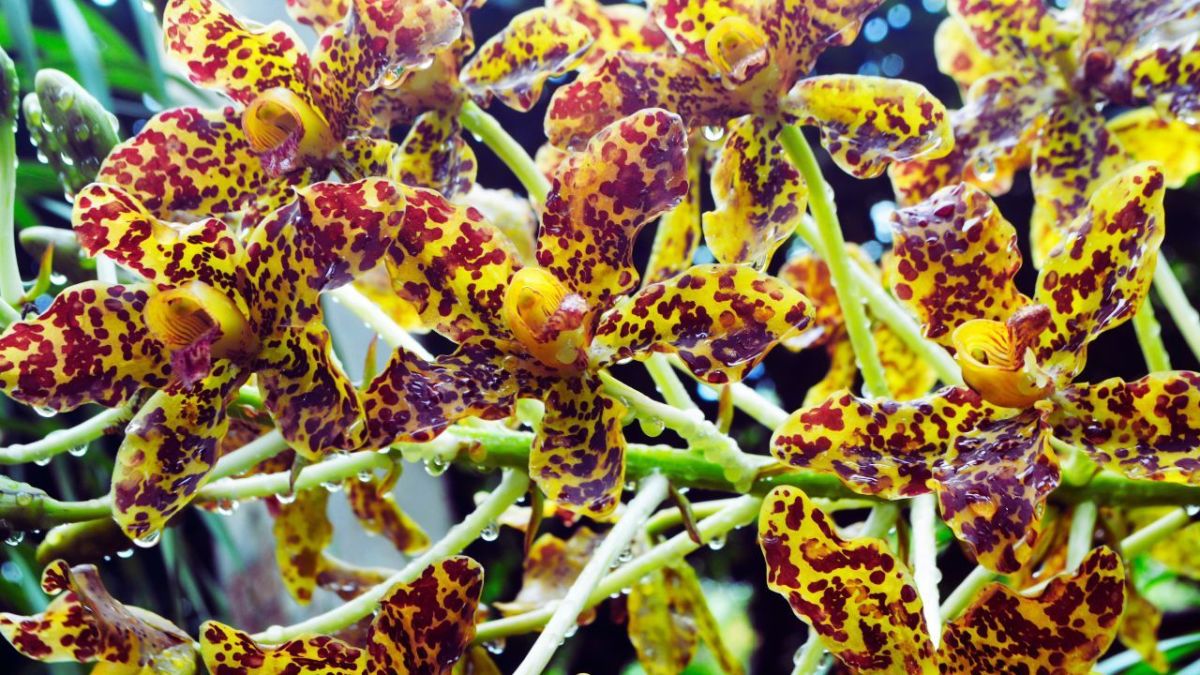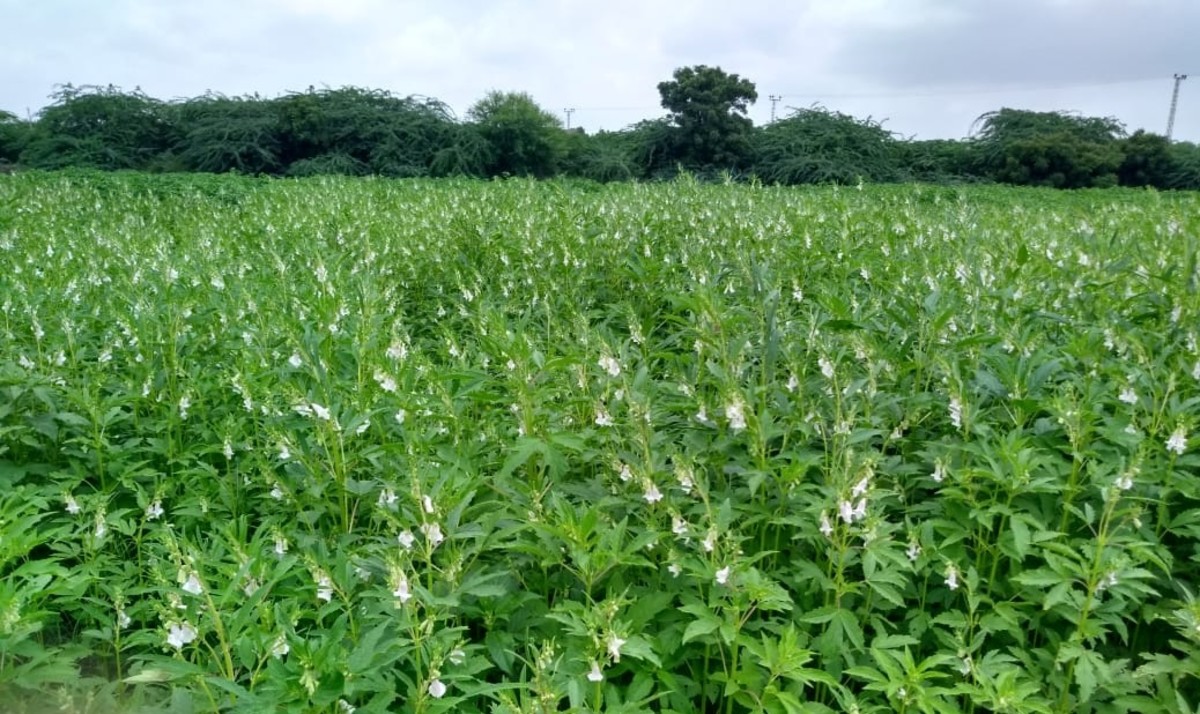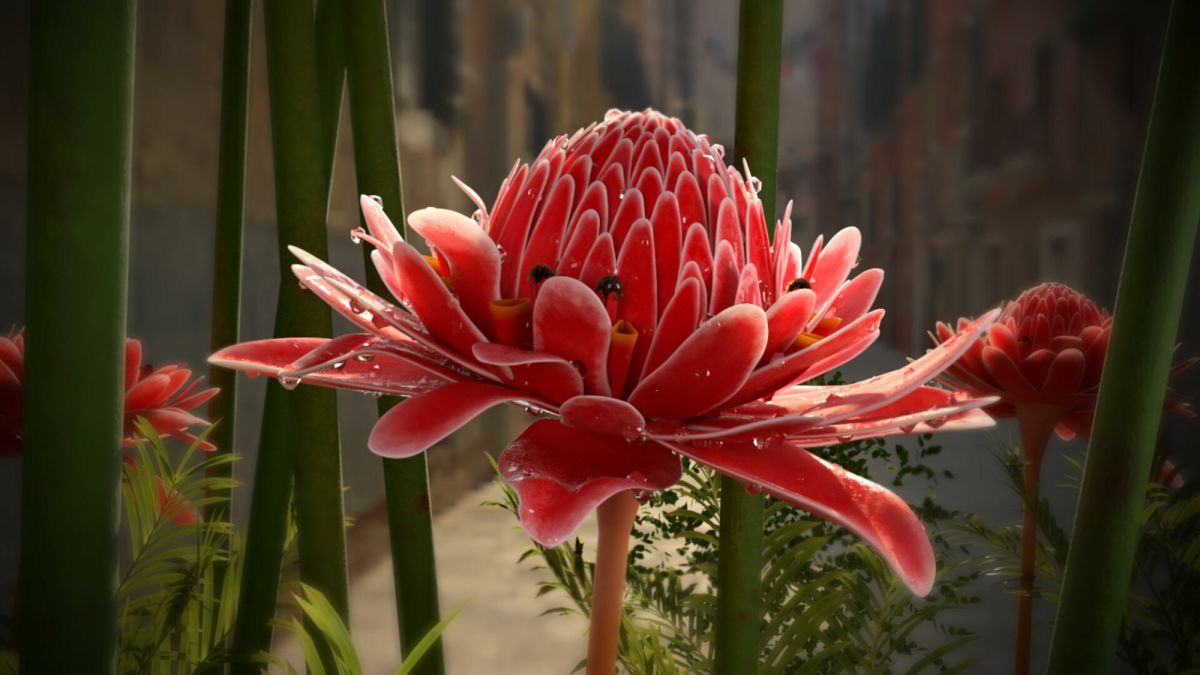Cactus Plants
Cacti
Cactus plants or Cacti are desert plants native to the Americas. This article is mainly about their care, propagation and common varieties. So, lets proceed.
Cactus Plants on the Bloom!
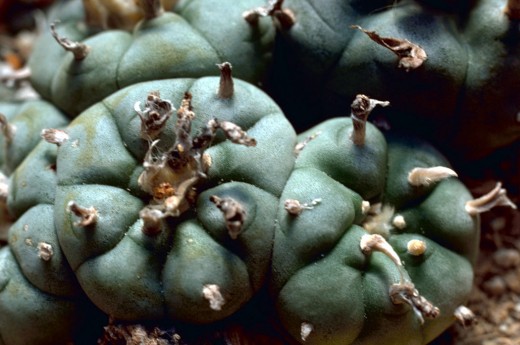
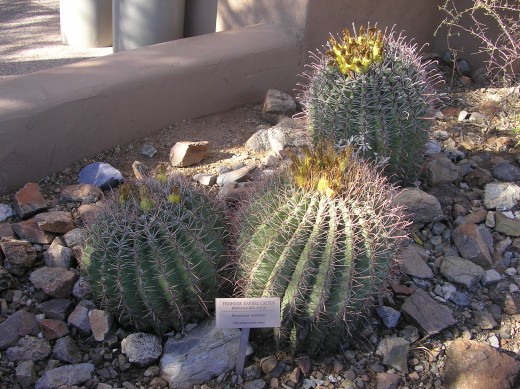

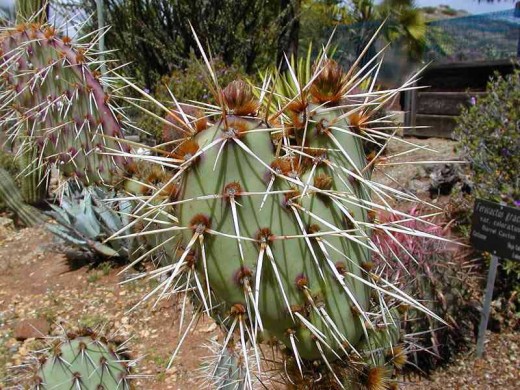
Common varieties
These are some of the common cactus varieties
Hedgehog Cactus: They have several one to two inch long spines on them thus the common name. Native to Central Mexico to the Western United States, there are about 50 cactus species common named Hedgehog Cactus.
Blossfeldia liliputana: It is the smallest cactus species. These cacti are native to South America and produce small, beautiful looking pink flowers which are about 5 to 7 mm in diameter.Star cactus:
Barrel Cactus: Native Americans used this cactus as a cooking pot. It is also known as Candy Barrel Cactus as its pulp has been used to make cactus candy.
Saguaro Cactus: The tallest cactus that grows very slowly. It produces edible fruit that ripens in June, this fruit is highly prized by locals. A single fruit can contain up to 4,000 seeds.
Star Cactus: It is a small, spineless cactus with a circular body that grows about 2-6 inches in diameter and about 1-2 inches tall. They bloom from March to May and fruits from April through June.
Prickly Pear: A very common cactus, also known as tuna nopal or paddle cactus.
Organ Pipe Cactus: It is considered the second tallest cactus after Saguaro Cactus, growing as tall as 23 feet. It produces edible fruits which lose their spines upon maturity and display an edible red pulp. This fruit is a food source for native Americans.
Some more common cactus varieties
- Thanksgiving Cactus
- Easter Cactus
- Christmas Cactus
- Crown Cactus
- Horse Crippler
- Pincushion Cacti
- Mexican Lime Cactus
Buy Cacti Online
You can also buy various cactus varieties, containers, books, pruners and other related stuff online through the Amazon online store. See some of the available items on Amazon below.
Care
Water
As you might already know that cactus is a succulent. Succulents grow in arid conditions and store water to use it later in dry conditions. Thus cactus should be watered with much care. If the plant is in container, then allow the soil to dry completely before watering it again. You can use a pencil to check if the soil has dried by inserting the pencil into the soil. Sometimes it requires watering just once a month but that obviously depends on weather conditions and humidity levels in your house. Cactus in your garden can be watered a bit more frequently.
Sun
These plants prefer bright direct sunlight. If keeping indoors, place them near the Southern facing windows.
Fungus
Many cactus species are prone to fungus and the fungus which normally looks like a dusty yellow-brown covering, loves this environment. First thing you need to do is not to splash water on the fungus infected areas because water will help it spread to the healthy areas. You can easily get rid of the fungus by cutting off the infected parts of your plants. Sometimes changing the potting mix to a sterilized soil also helps but it is not a very effective way of controlling fungus. Make sure you water your cactus plants sparingly in winters, this will somewhat prevent them from getting infected with fungus.
Soil
For best results you should buy potting mix prepared specifically for cacti which you can get from the gardening stores. However, if you can't buy the potting mix, prepare one on your own. Remember, being a succulent and desert plant, cacti require soil with very good drainage to thrive. the potting mix should be a mixture of potting soil and sand in about equal proportion, while the amount of sand can exceed that of the soil. Do add some gravel to enhance drainage.
Propagation
Reproducing plants to grow newer ones is much more fun than buying them from a nursery. Cacti can be propagated by a variety of methods with cutting, division and seed germination being the major ones.
Stem Cutting
An easy method to propagate cacti. You need to remove a healthy and mature part of the plant and allow it to root. You can cut part of the stem or a leaf and place it in a dry warm place to grow new roots. As the roots appear, pot it. You can put the cutting on dry potting mix while you wait for it to root. Don't water it unless it develops new roots.
By Seed
You can also start new cacti plants by germinating seeds. Seeds should be started in well drained sterile mix. Seeds can not germinate unless the receive moisture so you do need to water them but water sparingly as these are cactus seeds and do not receive much moisture in their native environment. The seedlings should not be exposed to direct sunlight.
Division
This is my least favorite way to propagate plants because it gives them some shock. I will still tell you how to do it because plants do recover from the shock the get and ultimately it gives us new plants. Best time to propagate cacti from division is in winters when they are somewhat hibernating. To propagate the cacti by division you need to remove the plant from its pots. Then you cut a part of the plant in a way that the new part will have some roots and a stem. So, you start separating this part of the plant from the roots and go up all the way. Use a knife to do it. Then plant it in a new pot filled with soil. Remember, not all cactus species can be propagated by division. Division is used to propagate multi stemmed plants.
Amazing Time Lapse Video of Cactus Flower Blooming
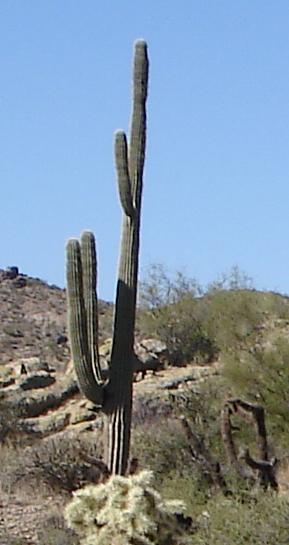
Interesting Facts about Cactus
- Saguaro cactus is the tallest cactus plant that can grow up to 20 m high.
- Smallest species of cactus is Blossfeldia liliputiana which grows only about 1 cm in diameter upon reaching maturity.
- Cacti grow their spines from a very special organ that no other plant has. This organ is called areole.
- Most cacti bloom only for a very short period, sometimes only for a few hours.
- Spines of Barrel cactus were used by locals for fishing hooks.
- All cacti are native to the Americas.
- All cacti are succulents. They store water to use it later.
- Native Americans used the barrel cactus as a pot.
- There are over 2000 species of cactus.
- It takes Saguaro Cactus 60 and 75 years to sprout its first arm and about 50 years to produce its first flower.
- Some cactus spines can be about 15 cm long.
- Surface of many cacti expand during rain to store more water and shrink during day time as it uses the water it has stored.
- Gila woodpeckers nest inside the stem of the saguaro cactus.
Read more interesting facts about plants and trees.



